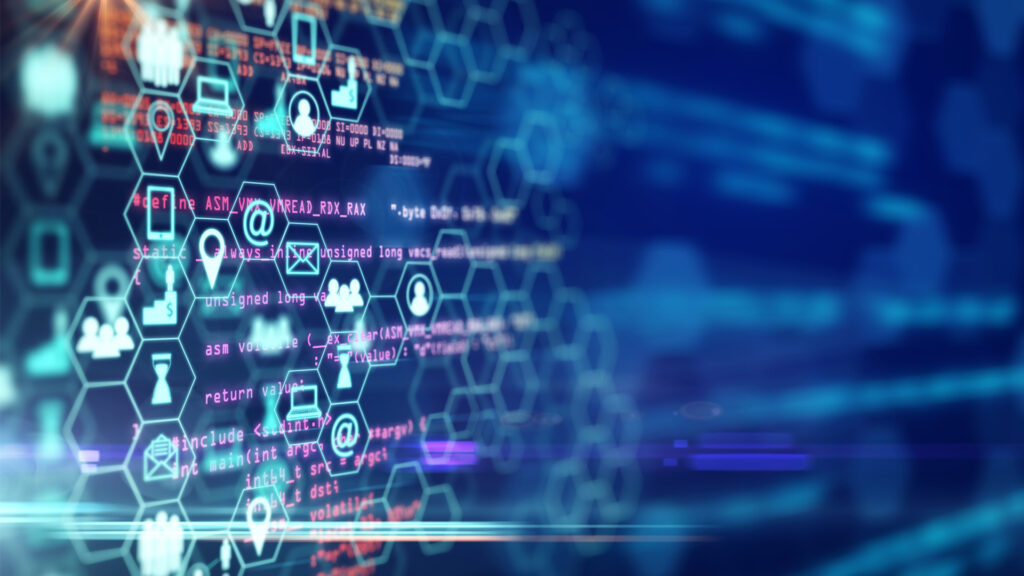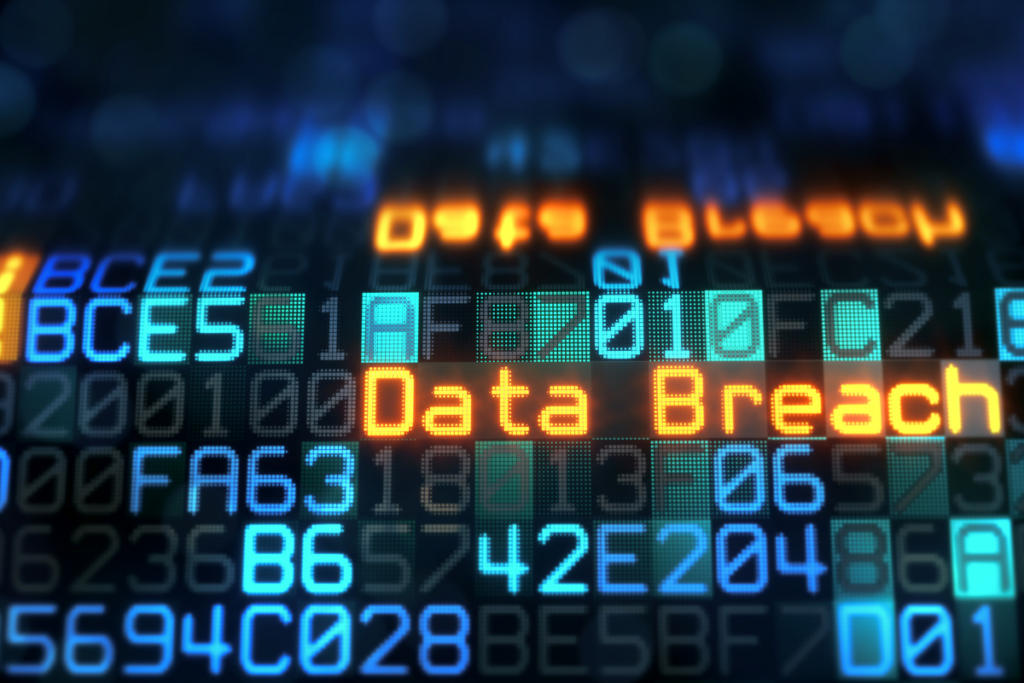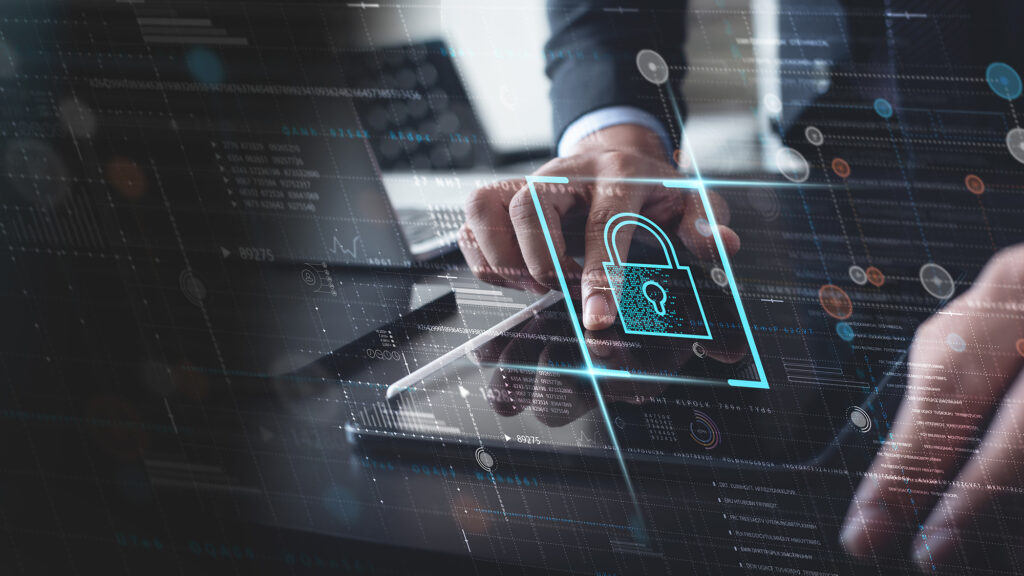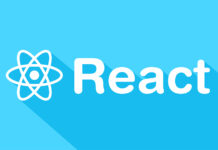Cyberattacks are a growing menace as technology keeps developing at an unprecedented rate. Cybercriminals are always coming up with fresh and inventive methods to take advantage of weaknesses in online systems, from massive data breaches to ransomware attacks on big organizations. Strong cybersecurity measures are more critical than ever because of the development of remote work and the growing dependence on digital infrastructure.
This article discusses a few of the most cyberattacks from 2024 and how they may have been avoided. This knowledge is crucial for comprehending the persistent threats of the digital era, whether you’re a company owner or just an internet consumer.
T-Mobile Target
The world’s largest telecommunications provider disclosed in January that a hacker had broken into their systems via an API and had entry to postpaid and prepaid accounts receivables. The business asserts that the accessed records only included minimal data, such as names, addresses, and account numbers, and left out payment information, such as Social Security numbers.
Documents containing personally identifiable data, such as addresses and account numbers, were made vulnerable by the hack. This assault served as an uncomfortable reminder of the ongoing threat from cyberspace from a business that has already suffered more than its fair share of hits.
T-Mobile is left notifying consumers about an additional data breach, even though it says the incident was halted within 24 hours of its detection and that it didn’t spread to include passwords or payment information. It is well past time for them to update their cybersecurity, but it still needs to be determined if their image has been irreparably damaged.
Nonstop Health Breach

Nonstop-related information and code were purportedly released on two major hacker forums on January 17 and 18. Names, ages, addresses (including zip codes), email addresses, and Social Security numbers were among the sensitive data exposed online. Several files also contained a telephone number, employment status, job title, and yearly pay. From the sample data’s structure, it was gathered from several customers’ data rather than just one.
Nonstop Health has not responded to DataBreaches’ requests for comment on the breach or situation since January 19. This is notwithstanding a few auto-replies recognizing the inquiry and promising a response within 24 to 48 hours. DataBreaches contacted three people whose information was included in the sample on January 29 through email. On January 24th and 29th, an inquiry was submitted to a lister on the forum.
Due to the lack of a response from the forum member, it is unclear how the data was accessed or if the individual tried to reach an agreement on a ransom demand with Nonstop Health. It also needs to be clarified if Nonstop Health has informed any customers or staff whose data may have been compromised.
UK School Children Attack
A ransomware assault was launched against Guildford County School in the United Kingdom on January 19. The infamous Vice Society gang claimed responsibility for taking numerous documents from the school of music while also bringing down the Computer and phone systems.
In line with the gang’s practice of double extortion, which threatens to expose private information if demands are not satisfied, the stolen data quickly surfaced on Vice Society’s release website.
This instance contains sensitive information regarding pupils classified as at-risk, which is the most problematic aspect. This increases the potential consequences of a ransomware assault, already exceedingly substantial, and exposes the extent to which hackers are prepared to go.
As has been demonstrated repeatedly, several of the world’s most essential and susceptible organizations are hackers’ preferred targets. The ability to go the additional illegal mile makes these organizations so dangerous. It may be difficult for the average individual to comprehend how someone might keep the private information of at-risk youngsters hostage. To prevent these types of assaults and protect their client’s data, companies representing vulnerable members of society require solutions.
TruthFinder and Instant Checkmate Attack

Hackers released a storage database from 2019 that exposed the personal details of millions of PeopleConnect users, the company that runs the background investigation products TruthFinder and Quick Checkmate.
Both TruthFinder and Quick Checkmate are paid membership services that let users investigate the backgrounds of other individuals. Sites will scrape data from public sources, including the national, regional, and local government databases as well as felony convictions databases and social networking sites, to complete a background investigation.
Information for purportedly 20.22 million TruthFinder and Instant Checkmate users up to April 16, 2019, was released on January 21 by a subscriber of the Breached security and information theft group.
Personal emails, usernames and passwords, initial names, last names, and contact details were among the leaked TruthFinder and Instant Checkmate user data. The administrator of Breached forum Pompompurin notified BleepingComputer that information had been retrieved from an unprotected configuration database discovered by a forum user.
Vice Media Attack
Vice Media, a leader in leading stream media, was the victim of a hack ten months before, but subscribers and workers didn’t find out about it until January 26. In March 2022, an assault on the Vice network disclosed the personal information of 1,724 users, including Social Security numbers, payment card numbers, bank account information, and unique identification numbers (PINs).
The incident began with a Vice employee’s email account being hacked. Therefore the company has recruited an outside firm to investigate. It was on January 25 that the inquiry was reportedly completed, and the impacted account holders were notified.
It took ten months to find out what information had been compromised, but at least one legal firm has promised to look into the case independently. Financial and Social Security numbers were among the PII compromised in the social engineering assault.
Meriplex Communications Data Breach
After learning that sensitive customer information on the industry’s network connection had been breached, Meriplex Communications notified numerous state attorney general authorities on February 10, 2024. According to the corporation’s intelligence publication, the information leads to disclosing customers’ identities and Social Security numbers to a third party. As it was determined that customer information had been compromised, Meriplex immediately notified those whose data had been compromised through the mail.
When Meriplex Communications discovered that private customer information had been compromised, it immediately reviewed the compromised files to determine what information had been stolen and how many clients had been impacted.

Conclusion
Finally, the 2024 cyber assaults demonstrate the need for rigorous data protection procedures. Individuals and organizations may dramatically lessen the likelihood of a cyber-attack by following best practices, including frequently upgrading software, establishing full access restrictions, and storing data.
Cybersecurity must be a top priority to prevent financial losses and keep private and secret information protected. If you don’t have an inhouse cybersecurity division, you can also hire a cybersecurity firm that can manage it. Due to the ever-changing nature of technology, it is essential always to be on guard and aware of any new security threats. We can only reduce the potential for harm by banding together and stopping cyber assaults from having far-reaching consequences.
The likelihood of cyber assaults rising in the future is high. Due to the epidemic’s hastening rate of digital change, keeping our online systems and data safe is now more critical than ever. By looking back for lessons and keeping our eyes open now, we can make the Internet safer for ourselves and future generations.
Governments and corporations must collaborate to develop and execute strong cybersecurity measures to safeguard citizens, companies, and the nation’s safety. In conclusion, preventing widespread harm from cyber assaults requires proactive steps to protect internet infrastructure.









